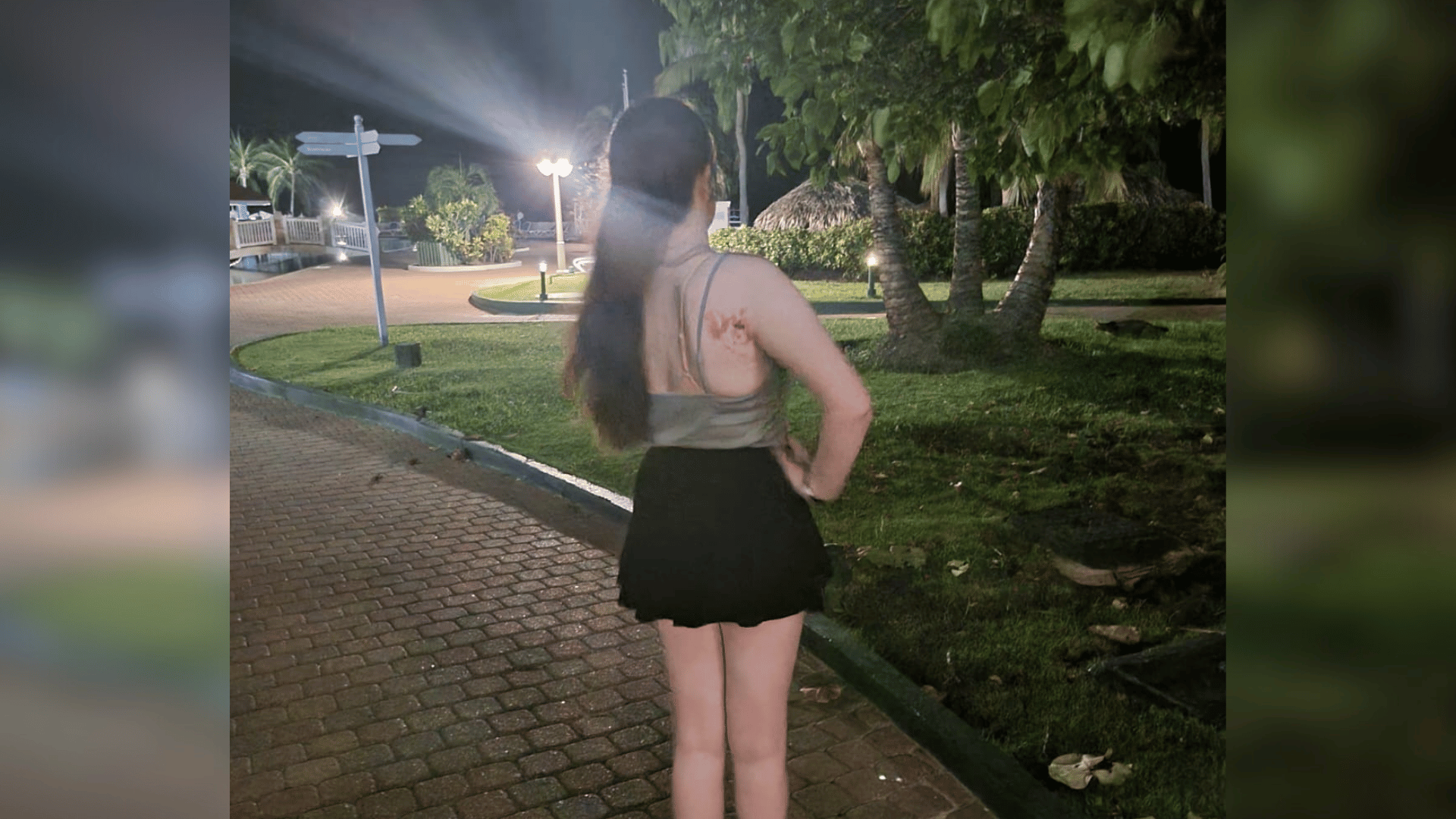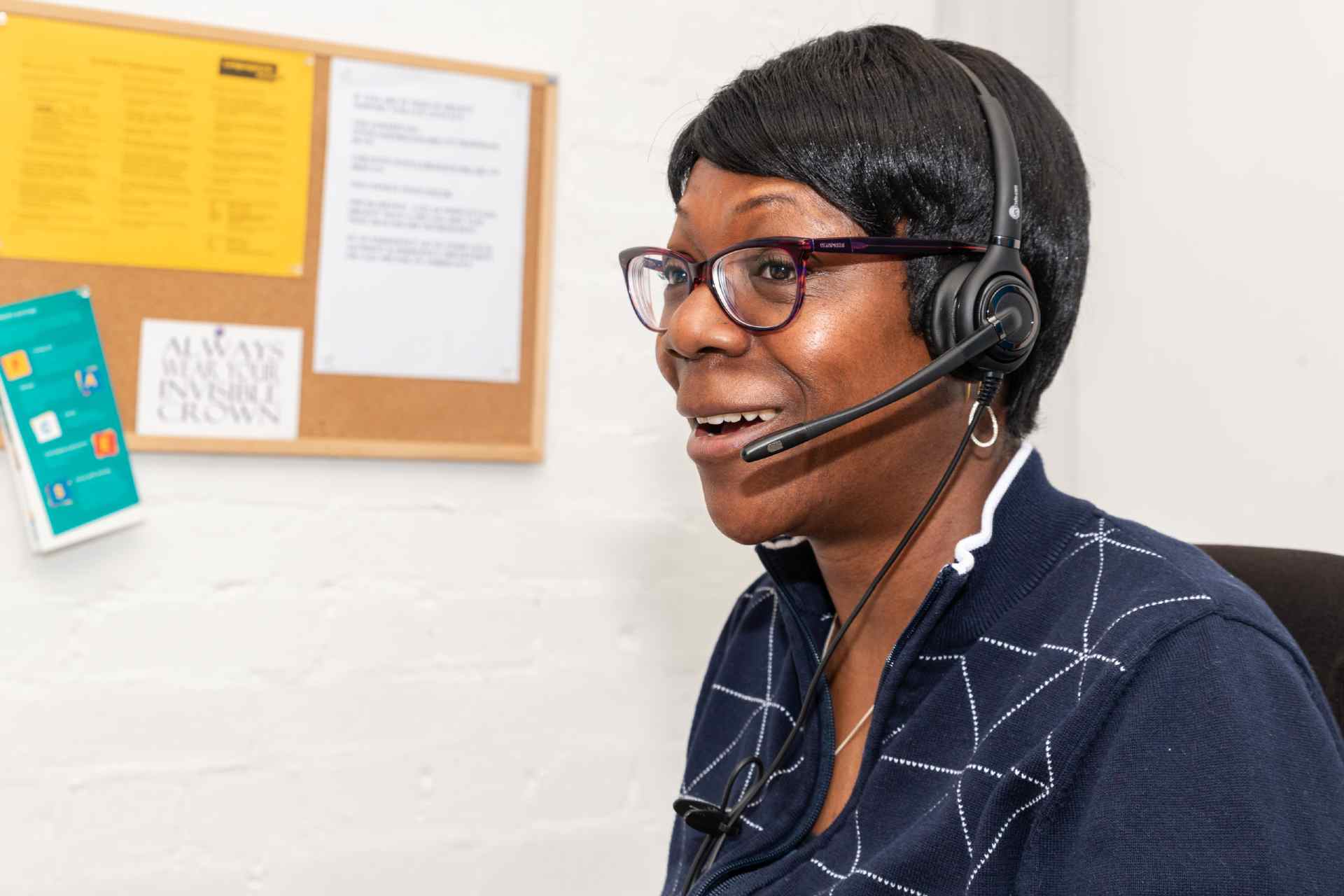I was born with a lymphatic malformation on the back of my right shoulder. In some ways, I felt lucky compared to others with visible differences, as I could cover mine up if I wanted to through long-sleeved clothes or jackets. But I always felt judged by others when it was on show.
When I was 10 or 11 years old, I was at a swimming lesson and somebody asked me, “What is that on your back?” It wasn’t unusual for me to get questions about my visible difference. I understand that people can be curious, but it always made me feel self-conscious. It still does. It felt like my visible difference was the first thing people associated with me, especially when I was swimming and my back was obviously on display. Every time I went away on holiday, I would cover my back with a t-shirt over my swimming costume as I didn’t want strangers staring at me.
Most people don’t mean to be cruel, but whenever someone would say “I’m sorry about that” after I explained what my lymphatic malformation was, it would sting, like a back-handed compliment. It made me feel vulnerable about the way I looked. I had no role models or anyone in my family who had a visible difference, so I thought I was the only person who felt like this, and that I would never have people to relate to. It made me feel very alone.
While there are times when I want to change how I look, I always say that it’s part of me and I cannot change that.
Over the years, I have had sclerotherapy and laser treatment to try to improve the look of my visible difference. The recovery time can be tough, as I feel particularly vulnerable afterwards. I avoid going out as I don’t want people to see a massive medical dressing on my back. It can feel worse than my lymphatic malformation sometimes.
There has always been disagreement about what my condition is. I’ve been told by medical professionals that it’s multiple different things, but I felt like nobody asked what I thought it was. After going through an intensive clinical psychology session about my condition, I ended up labelling it as a “lymphatic difference”. I have learnt to come to accept it as it is. While there are times when I want to change how I look or wish it could be removed, I always say that it’s part of me and I cannot change that.
Being autistic does make things harder, as I am already wary about what people are thinking about me as I act “different” to others. Being neurodivergent with a physical difference can be tricky. I feel that I get judged for both the internal and external aspects of myself. When my eczema flares up, it adds even more pressure, making me feel further out of place. But I still see it as all that makes me.
I may have a difference according to others, but for me, I have always lived my life like this, so it would be weird if it were removed. Now I am starting to embrace my condition, especially in summer. I still feel self-conscious wearing strapless tops where my back is on display, but I know I have to come to accept it, and one day it will be easier to do so.

